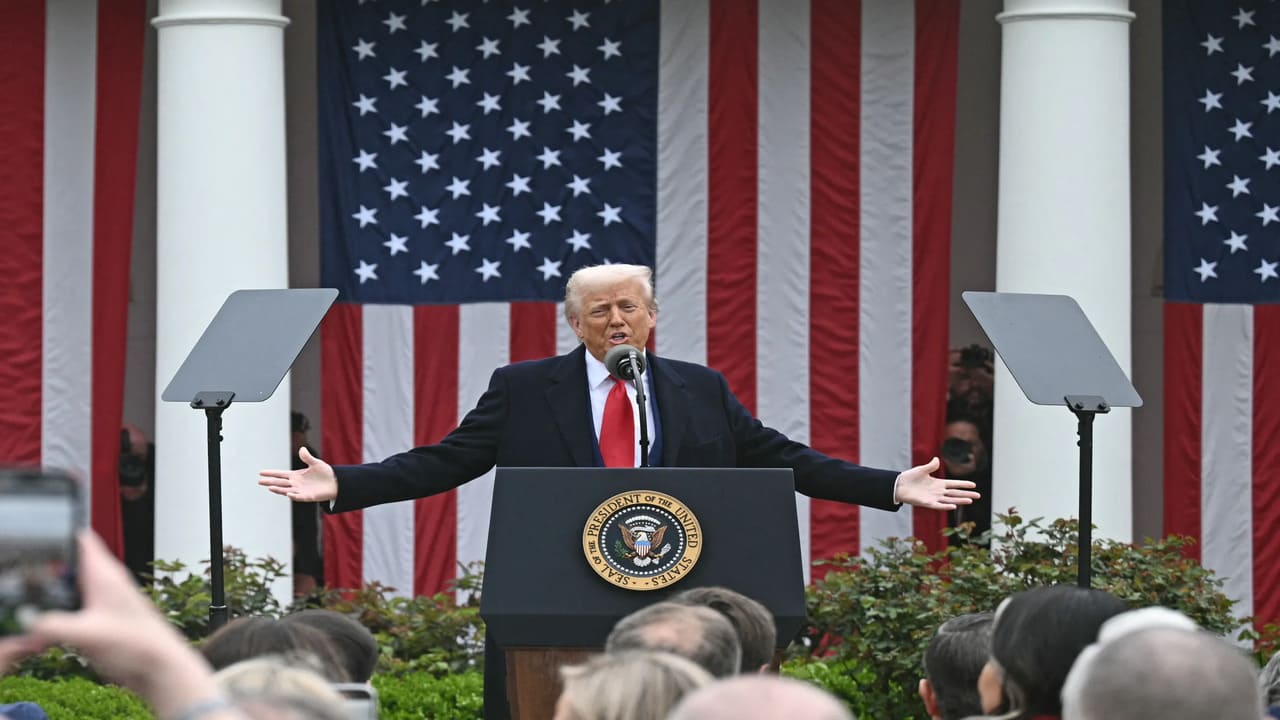
IndependentReport – The US Supreme Court has agreed to take up one of the most significant trade disputes in recent years, setting November 5, 2025, as the date for oral arguments. At the center of the case are tariffs impose by former President Donald Trump under the International Emergency Economic Powers Act (IEEPA) of 1977. These tariffs were introduce during his administration as part of a broader strategy to protect American industries and put pressure on foreign trading partners.
Critics, however, argue that Trump’s actions exceeded presidential authority. Federal appellate courts previously ruled that IEEPA was not intend to authorize sweeping import tariffs, but rather to address targeted sanctions and national security emergencies. Despite these rulings, the tariffs remain in place while the case awaits the US Supreme Court’s final decision.
The decision to place the case on the docket highlights how crucial the issue is to the balance of power between Congress and the presidency. Under the Constitution, Congress has the explicit authority to regulate tariffs and international commerce. Trump’s reliance on emergency powers to bypass Congress raised immediate concerns among lawmakers, legal experts, and affected businesses.
For many importers and state governments, the dispute is not just about constitutional principles but also about financial survival. Companies claim that the tariffs have led to higher costs, supply chain disruptions, and lost competitiveness in global markets. Meanwhile, supporters of Trump’s measures argue that strong trade actions are necessary to counter unfair practices abroad and strengthen domestic industries. The US Supreme Court’s ruling could therefore reshape both trade policy and presidential powers in the years to come.
Also Read : Israeli Citizens Protest Outside Netanyahu’s Residence, Demand End to Gaza War
Several core questions will shape how the US Supreme Court ultimately rules. Observers and stakeholders have identified the following main points of contention:
This list underscores why the case is being describe as one of the most consequential trade law disputes to reach the US Supreme Court in decades.
The decision expected after oral arguments could set far-reaching precedents. If the US Supreme Court rules against Trump’s use of IEEPA, it will reaffirm congressional supremacy in setting tariff policy. This outcome could ease financial pressures on importers, restore predictability in trade relations, and potentially require the federal government to return billions collected under the tariffs. It may also restrict future presidents from using emergency powers in broad economic contexts.
On the other hand, if the Court upholds the tariffs, it would give the presidency a much wider berth in wielding emergency authority. Such a ruling could embolden future administrations to impose sweeping trade measures without congressional approval, reshaping the United States’ approach to economic crises and foreign competition. International partners, already wary of American unpredictability in trade, are watching closely for signals of whether cooperation or confrontation will dominate Washington’s policies.
Following the November 5 hearing, the US Supreme Court is expect to deliberate for several months before issuing a ruling. The decision will not only impact Trump’s legacy but also define the contours of presidential economic powers for decades to come. Businesses, lawmakers, and global markets will all be waiting anxiously, as the outcome could shift the ground rules of international trade and domestic governance in profound ways.
This Article About US Supreme Court Written by: Sarah Azhari | Editor: Micheal Halim
Information Source: Reuters.com